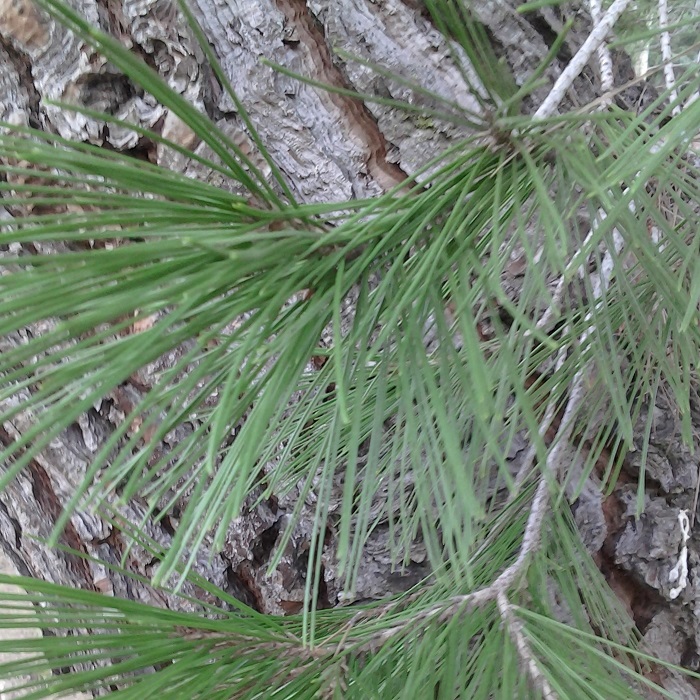UNITED STATES—Deciduous trees that were bare all winter are now foliating and making shade. They sure will be appreciated when the weather gets warmer through summer. They will defoliate next autumn, in time to let warming sunlight through while winter is cool. Their lifestyles are naturally compatible with those of the people who live with them. They really have the system down.
Evergreen trees are good at what they do as well. They obscure unwanted views and provide privacy all year. If given adequate space and located far enough away from the home and neighboring homes, their shade should not be a problem. Like any other feature in the landscape, properly selected and strategically placed evergreens are quite functional.
There are certainly more to evergreen trees than the coniferous (cone-bearing) evergreens like pine, spruce, cypress, cedar and juniper. Any tree that retains foliage throughout the year is evergreen, including camphor, Southern magnolia, carob, California pepper, coast live oak, fern pine, all palms and all eucalypti, just to name a few. There are really too many to list.
Larger modern homes on smaller parcels are a bit more challenging to evergreen trees than more traditional homes that have more space around them. Average fences do not maintain privacy for upstairs windows that are too close to neighboring homes. However, there is less space and sunlight for trees, and additional shade can be a bother for lower windows.
It seems that smaller trees are often the best fit for bigger homes. Sometimes, a large evergreen shrub, like one of the various pittosporums, can do the job of an evergreen tree, but fits better where space is limited. As silly and passe as they seem to be, Italian cypress are narrow enough to fit into tight spots, at least until they get too big.
Contrary to popular belief, most evergreen trees are messier than most deciduous trees. They drop only minor volumes of foliage, but they do so throughout the year. Deciduous plants drop most or all of their foliage within a limited time about autumn. Only those that drop flowers, fruit or both in spring and summer are messier than evergreens.
Highlight: Aleppo pine
From coastal regions around the Mediterranean Sea, the Aleppo pine, Pinus halepensis, came to be right at home on and near the coast of California. Once established, it can survive quite happily on rainfall. Trees that get too much water can actually get too heavy with foliage, and may eventually get disfigured if limbs break.
Shade under an Aleppo pine is not too dark. The light and sometimes yellowish green foliage is rather wispy, comprised of thin paired needles that are about three inches long. The sculptural trunks almost always lean to one direction or another, and often divide into multiple trunks once they grow out of reach. Bark is light gray with light brown striations.
Young trees can get big rather fast. They tend to be somewhat conical, or at least upright, until they get to be about 40 feet tall. Then, they tend to shed lower stems and develop irregular branch structure with rounded tops as their growth rate slows. Only a few old trees in ideal situations slowly get to seventy feet tall. Seedlings sometimes appear where they are not wanted.






